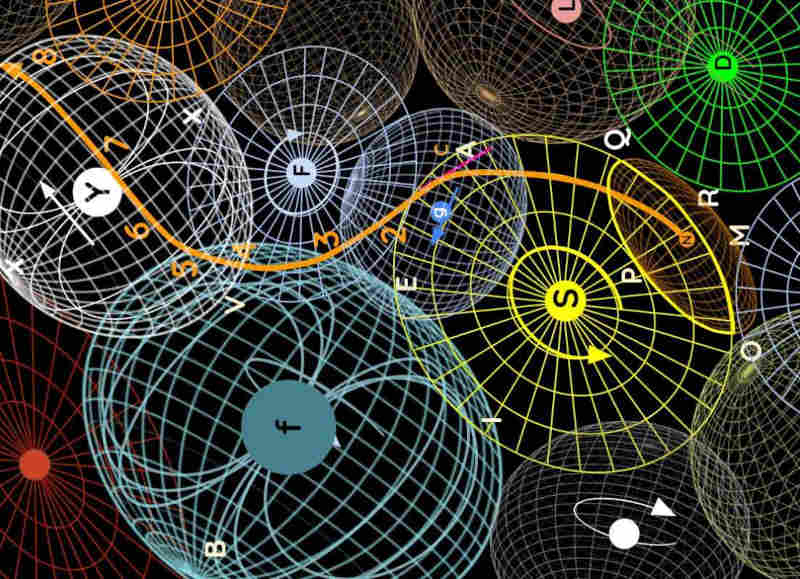The Phenomena of Comets
Table of Contents
128. The Phenomena of Comets
Comets traverse different regions of the sky without any known pattern. Within a few months or days, they disappear from our sight.
They never, or at least rarely, traverse more than half the sky, often covering much less. When they first appear, they are usually quite large, and do not significantly increase in size unless they cover a very large portion of the sky.
When they vanish, they always gradually diminish in size. Initially, or at least near the beginning of their movement, they appear to move very quickly, but very slowly towards the end.
I only remember reading about one comet that traversed nearly half the sky . This comet, reported in 1475, initially appeared with a faint head and slow movement among the stars of Virgo.
Soon after, it grew to a remarkable size and moved so swiftly through the northern pole that it traced a partial great circle, 30-40 degrees, in one day. Finally, it gradually disappeared near the stars of the Northern Fish or in the sign of Aries.
129. Explanation of These Phenomena
The same comet traverses different parts of the sky in Vortex F and another part in Vortex Y.
There is no part it cannot pass through in this way.
It acquires speed by passing through the extremities of vortices where the air-aether moves so quickly that it completes an entire rotation within a few months, as stated above.
This comet only traverses half of this rotation in Vortex Y, and much less in Vortex F, and never much more in any other vortex. This is why it can only remain in the same vortex for a few months.
We can only see it while it is in the vortex near whose center we reside. It only appears there when the matter of the other vortex from which it came ceases to follow and surround it completely.
This is why it appears:
- larger and faster at the beginning of its apparent course than at the end
- largest and fastest in the middle
This is even if the same comet remains of the same size and moves nearly always at the same speed.
For example, if we suppose the observer’s eye is near the center of F, the comet will appear much larger and faster at 3, where it first becomes visible, than at 4 where it disappears. This is because:
Line F3is much shorter thanLine F4Angle F43is sharper thanAngle F34

If the observer is near Y the comet will appear:
- somewhat larger and faster at
5, where it first becomes visible, than at8where it disappears - largest and fastest when it is between
6and7, where it is closest to the observer - among the stars of Virgo when it is at
5 - near the northern pole when between
6and7and cover 30-40 degrees in one day, finally vanishing at8, near the stars of the Northern Fish.
This is similar to the remarkable comet observed by Regiomontanus in 1475.
130. How the Light of Fixed Stars Reaches Earth
Why do comets only appear when they are in our sky, whereas fixed stars are visible even when they are very far away?
Fixed stars emit their own light whereas comets only reflect the light that they borrow from the Sun.
The light of each star is an action by which all the matter of the vortex in which it resides tries to move away from it in straight lines drawn from all points of its surface.
Thus, it presses all the air-aether of surrounding vortices along these straight or equivalent lines
These lines pass obliquely through other bodies and are refracted.
Both the light of nearby stars like F and f, and more distant ones like Y, has the power to move the eyes of Earth’s inhabitants, who are assumed to be not far from the center S.
The forces of these stars and the vortices surrounding them are in perpetual equilibrium. This is why the force of the rays coming from F towards S is diminished by the resisting matter of vortex AEIO, but not completely obliterated except at the center S.
Therefore, some of it can reach the Earth, which is somewhat distant from that center.
Similarly, the rays coming from Y to Earth passes through vortex AEV. These lose none of their strength except due to distance.
The matter of this vortex does not diminish their force more than it is increased by its tendency to move from F towards another part of the circumference AE. This applies similarly to other cases.